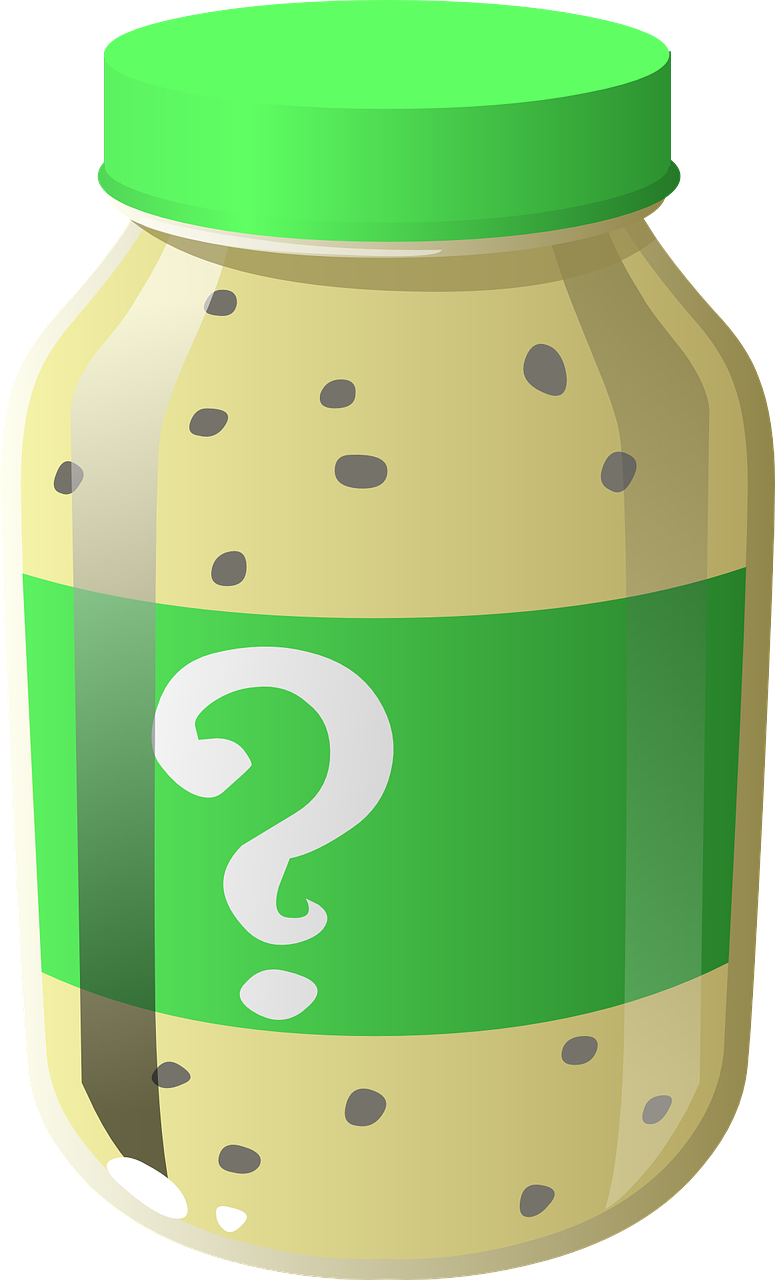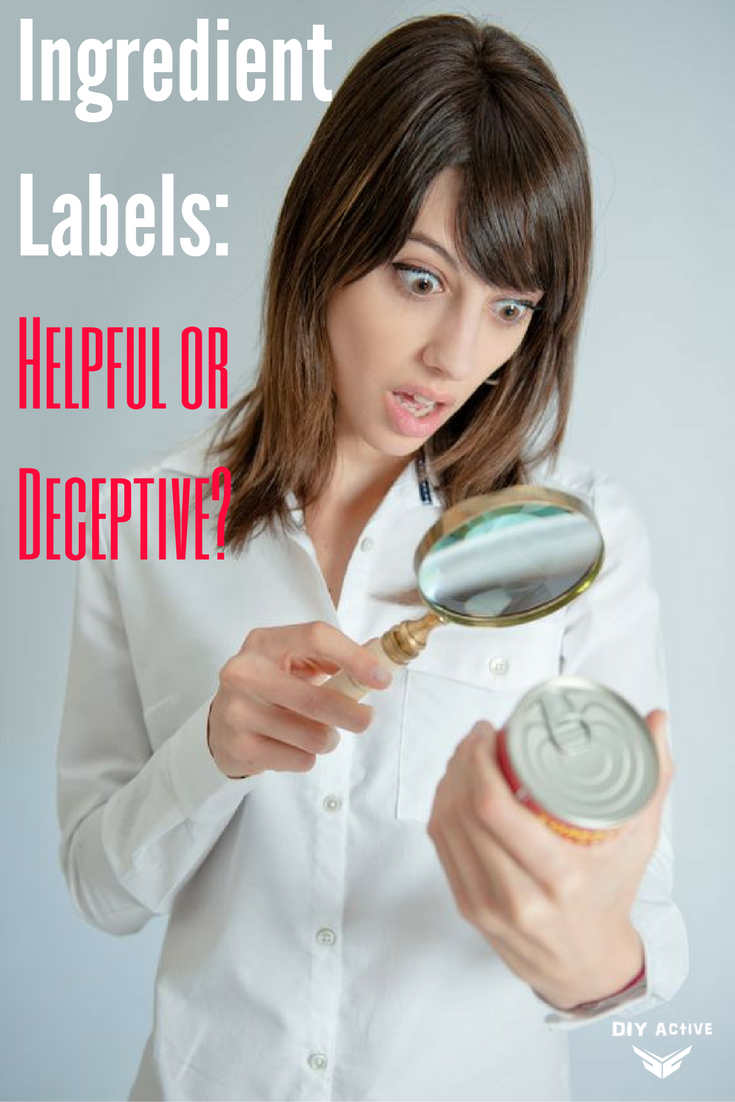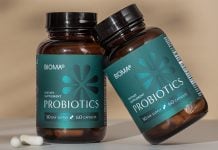
It’s Time to Understand Ingredient Labels
Does the order matter on ingredient labels? What are common names? How do flavorings affect you? Yup, there is more to ingredient labels than immediately appear. Check out Part II of our food label series!
The truth behind ingredient labels…
The Food and Drug Administration mandates that all ingredients listed are placed in descending order of predominance. This means it is arranged from most to least by weight.
The list is required to be on the same panel as the manufacturer, packer, or distributor information. It may be placed before or after the nutrition label.
The font type must be at least one-sixteenth inch based on the lower case “o”. This is the “small print” that very few people actually read.
The font is so small that many people are unaware that ingredient are even included on the package.
All ingredients that are added to the product need to be listed, however, if a specific ingredient is added and subsequently removed, it does not need to be noted. Concerns arise because it is very difficult to know with one hundred percent certainty that all of a specific ingredient has been eliminated.
 In addition, chemical changes can occur to the food during the addition and subsequent removal of the ingredient that can be harmful to your health. A consumer would not know that potentially harmful ingredients were even added! Pretty disturbing!
In addition, chemical changes can occur to the food during the addition and subsequent removal of the ingredient that can be harmful to your health. A consumer would not know that potentially harmful ingredients were even added! Pretty disturbing!
What are Common Names?
Common names, the most understood by the public, should also be used, however, what is common to one person is not common to another; there is no standardization. On the FDA webpage, sugar is used as an example, but in a previous article [link] I have documented sixty-one different choices of sugar that can be used on labels.
This portion of the labeling laws seems to be enforced very loosely.
What about Fats?
Some alternatives fat and oil blends may be listed in parenthesis when they are not the predominant ingredient and the manufacture is not able to identify which fat or oil is the predominant ingredient. This does not make sense since whom else but the manufacture would know the predominant ingredient.
This is very concerning considering some fats are damaging to your health, including trans fat and saturated fats. In addition, many fats and oils are over-processed. These include corn oil, canola oil, and vegetable oil. It is best to stay away from those but may be difficult to determine if they are added or how much has been added to a particular product.
How are Preservatives Labeled?
When chemical preservatives are added to a food product, the common name and reason for use must be present on the label. As stated previously, “Common names” are subjective. In addition, side effects, such as allergic reactions, are not required to be on the label.
Common chemical preservatives include BHT (butylated hydroxytoluene) and BHA (butylated hydroxyanisole). They are used to extend shelf life. BHT keeps the original food color and helps prevent food from developing an odor. It is commonly used in fats and oils. BHA is used to prevent food from going rancid. It is added to fat-containing foods, such as cereals, snack foods, dehydrated potatoes, beer, and chewing gum.
According to CNN.com, both of these have been shown to promote the growth of tumors in lab animals.
Sodium Nitrate is another common preservative. It is found in bacon, jerky, deli meats, and smoked salmon. It is used to prevent botulism and reduce color changes. The Environmental Protection Agency states that high levels of Sodium nitrate may be related to brain tumors, leukemia, nasal and throat tumors.
Sulfites have been used for centuries, particularly in the production of wine. They are used to prevent bacteria growth and preventing discoloration. They are used in beer, cocktail mixes, processed baked goods, pickles, olives, salad dressing, powdered sugar, lobster, scallops, fruit fillings, fruit juices, and potatoes. Some people are sensitive to sulfites; however, reactions are more common in those with asthma.
Sodium benzoate is a common preservative used to reduce the growth of molds, bacteria, and yeast, particularly in acidic foods. This preservative is used in carbonated beverages, fruit juices, pickles, salsa, and dips. This preservative is generally regarded as safe in small amounts.
How about Flavorings?
Spices, natural or artificial flavors must be labeled, but the specific ingredients do not have to be named. Many dangerous chemicals as well as food products that many do not want to consume can be snuck in under this category.
It is best to avoid products that contain “Natural or Artificial Flavorings”.
Individual ingredients do not have to be named. A term as simple as “flavoring” can be used. It is these types of “loopholes” in labeling that dangerous chemicals can be added to foods without the public even knowing.
 How about Food Colorings?
How about Food Colorings?
Many spices are used for colorings. They need to be labeled as such. If colorings are chemical in nature and certified, then they are listed as their specific name. If they are not certified, they are labeled as artificial coloring or artificial color. Any chemical can qualify as artificial coloring.
According to the Center for Science in the Public Interest, food manufacturers use over fifteen million pounds of food colorings in our food. There are studies that link food coloring to certain types of cancer, hyperactivity, and behavioral problems in children. In Europe, foods that contain colorings come with a warning label. This is not the case in the United States.
According to the food freedom network, the following food colorings have been associated with negative health consequences: blue #1 (Kidney tumors), blue #2 (increased tumor growth), citrus red #2 (toxic to rodents and cause bladder cancer), Green #3 (pancreas and testes tumors), Red #3 (thyroid cancer), red #40 (immune tumors, hyperactivity), yellow #5 (hyperactivity) and yellow #6 (adrenal tumors).
Are you Allergic to Certain Ingredients?
Only major food allergens must be on the label. These include milk egg, fish, crustacean shellfish, tree nuts, wheat, soybeans, and peanuts.
Tree nuts include almonds, beechnuts, brazil nuts, butternuts, cashews, chestnuts, chinquapins, coconuts, hazelnuts, Ginko nuts, hickory nuts, lichee nuts, pecans, pine nuts, pistachios, shea nuts, and walnuts.
Wheat includes all types; common wheat, durum wheat, club wheat, spelt, semolina, einkorn, emmer, Kamut, triticale
Wrap-Up: What do I eat?
It is best to avoid chemicals used in the food manufacturing process.
Consuming a mostly organic, whole food diet will avoid most harmful chemicals.
I cannot stress enough to take the time and read food labels prior to purchasing a particular food item. If you do not recognize it as a common ingredient, it is an added chemical. If you cannot pronounce the ingredient, it is most likely unhealthy.
Focus on high-quality, organic, nutritious whole foods, mostly fruit, and vegetables in their natural forms, preferably sourced locally.
If you have any questions regarding ingredient labels, please feel free to contact me via www.MNspineandsport.com
- 8 Ways to Get Healthy Right Now! - June 13, 2020
- How To Choose Protein Powder Best For You - March 22, 2017
- How Do Chemical Additive Food Ingredients Affect Our Health? - December 29, 2016



